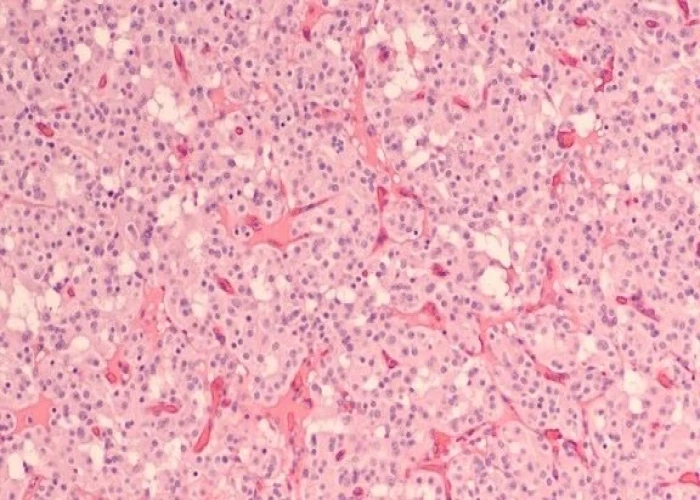 Welcome
Welcome
“May all be happy, may all be healed, may all be at peace and may no one ever suffer."
Pancreatic neuroendocrine tumors
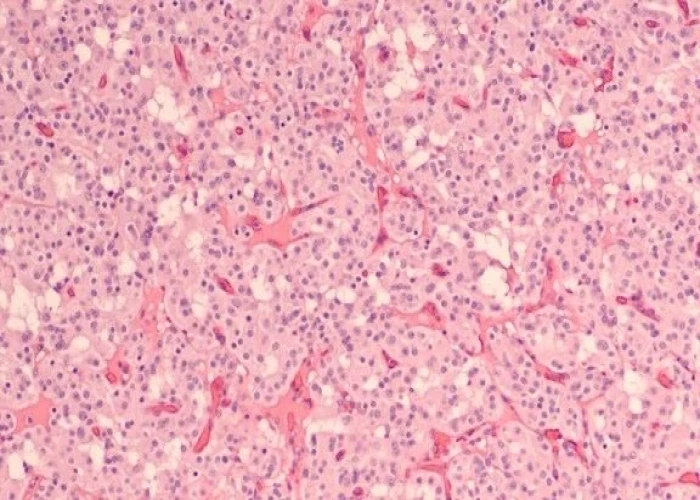
Pancreatic neuroendocrine tumors (PNETs) are a type of rare tumor that develops in the cells of the pancreas that produce hormones. These tumors are also called islet cell tumors or pancreatic neuroendocrine neoplasms. PNETs can be benign (noncancerous) or malignant (cancerous) and may cause a range of symptoms depending on their size and location in the pancreas.
Symptoms of PNETs may include abdominal pain, nausea and vomiting, diarrhea, weight loss, changes in blood sugar levels, and hormonal imbalances that can cause symptoms such as flushing, sweating, or palpitations. In some cases, PNETs may not cause any symptoms and are discovered incidentally during imaging tests done for other reasons.
Treatment for PNETs depends on several factors, including the size and location of the tumor, its grade (how abnormal the cells appear under a microscope), and whether the tumor has spread to other parts of the body. Treatment options may include surgery to remove the tumor, chemotherapy, radiation therapy, and targeted therapy.
The prognosis for PNETs depends on several factors, including the size and location of the tumor, its grade, and whether it has spread to other parts of the body. In general, early detection and treatment of PNETs can improve the chances of a favorable outcome. If you are diagnosed with a PNET, your doctor will work with you to determine the most appropriate course of treatment based on your individual situation.
Research Papers
Disease Signs and Symptoms
- Stomach ulcers
- Yellowing of skin and eyes (jaundice)
- Abdomen pain
- Constipation
- Skin rash
- Weight loss
- Diarrhea
- Muscle cramps
- Fatigue (Tiredness)
- Weakness
- Diabetes
- Heartburn
- Low blood sugar (hypoglycemia)
Disease Causes
Pancreatic neuroendocrine tumors
It's not clear what causes most pancreatic neuroendocrine tumors.
Pancreatic neuroendocrine tumors occur when hormone-producing cells in the pancreas (islet cells) develop changes (mutations) in their DNA — the material that provides instructions for every chemical process in your body. DNA mutations cause changes in these instructions. One result is that cells may begin to grow out of control and eventually form a tumor — a mass of cancerous cells. Sometimes the cancer cells break away and spread to other organs, such as the liver.
Some inherited syndromes increase the risk of this type of cancer, including:
- Multiple endocrine neoplasia, type 1 (MEN 1) syndrome
- Von Hippel-Lindau disease
- Von Recklinghausen's disease (neurofibromatosis 1)
- Tuberous sclerosis
Disease Prevents
Disease Treatments
Treatment for a pancreatic neuroendocrine tumor varies based on the types of cells involved in your cancer, the extent and characteristics of your cancer, your preferences, and your overall health.
Options may include:
- Surgery. If the pancreatic neuroendocrine tumor is confined to the pancreas, treatment usually includes surgery. For cancers that occurs in the tail of the pancreas, surgery may involve removing the tail of the pancreas (distal pancreatectomy), leaving the head portion intact.
- Cancers that affect the head of the pancreas may require a Whipple procedure (pancreaticoduodenectomy), which involves removing the cancer and part or most of your pancreas.
- Peptide receptor radionuclide therapy (PRRT). PRRT combines a drug that targets cancer cells with a small amount of a radioactive substance that's injected into a vein. The medication sticks to the pancreatic neuroendocrine tumor cells hiding in the body. Over days to weeks, the medication delivers radiation directly to the cancer cells, causing them to die.
- One PRRT, lutetium Lu 177 dotatate (Lutathera), is used to treat advanced cancers.
- Targeted therapy. Targeted therapy uses medications that attack vulnerabilities in the cancer cells. Targeted therapy is used to treat certain advanced or recurrent pancreatic neuroendocrine tumors.
- Radiofrequency ablation. Radiofrequency ablation involves applying energy waves to cancer cells, causing them to heat up and die.
- Treatment for cancer that spreads to the liver. Pancreatic neuroendocrine tumors most often spread to the liver, and several treatments exist for this. Options include treatment to block blood flow to liver tumors (hepatic artery occlusion), treatment to deliver chemotherapy directly to the liver (chemoembolization), treatment to deliver radiation directly to the liver (radioembolization) and liver transplant.
- Chemotherapy. In certain situations, your doctor may recommend chemotherapy. This drug treatment uses chemicals to kill cancer cells.
Disease Diagnoses
Disease Allopathic Generics
Disease Ayurvedic Generics
Disease Homeopathic Generics
Disease yoga
Pancreatic neuroendocrine tumors and Learn More about Diseases

Milk allergy
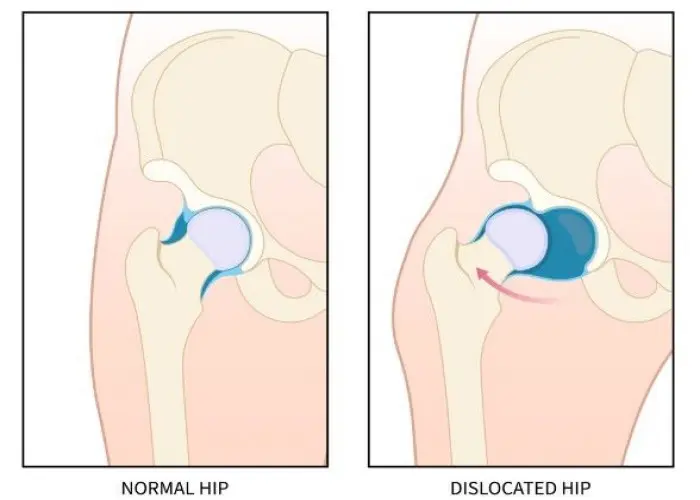
Hip impingement
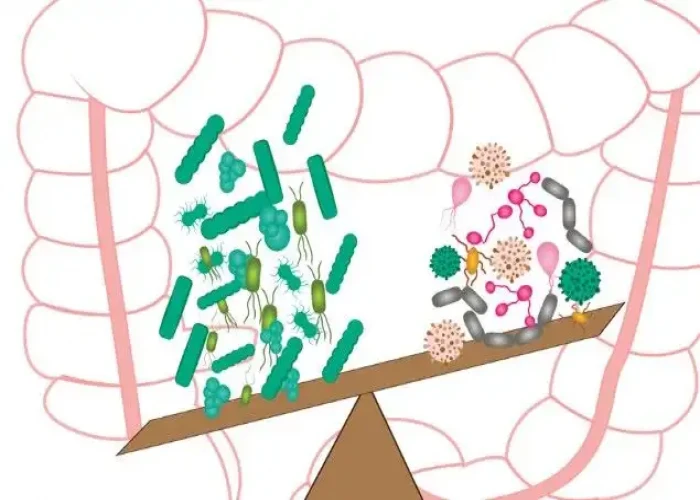
Small intestinal bacterial overgrowth (SIBO)

Tonsil cancer
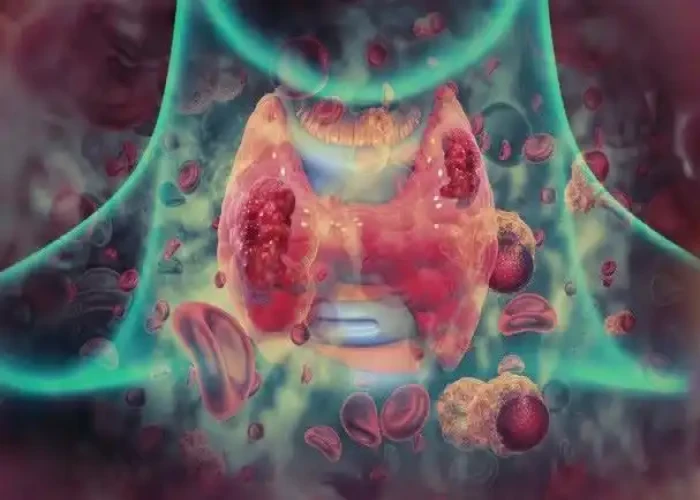
Thread Worm
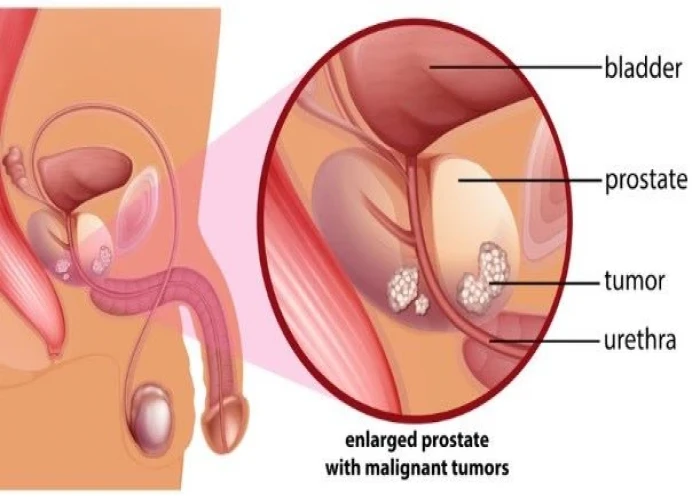
Prostate cancer

Meniere's disease

Toothache
Pancreatic neuroendocrine tumors, অগ্ন্যাশয় নিউরোএন্ডোক্রাইন টিউমার
To be happy, beautiful, healthy, wealthy, hale and long-lived stay with DM3S.
